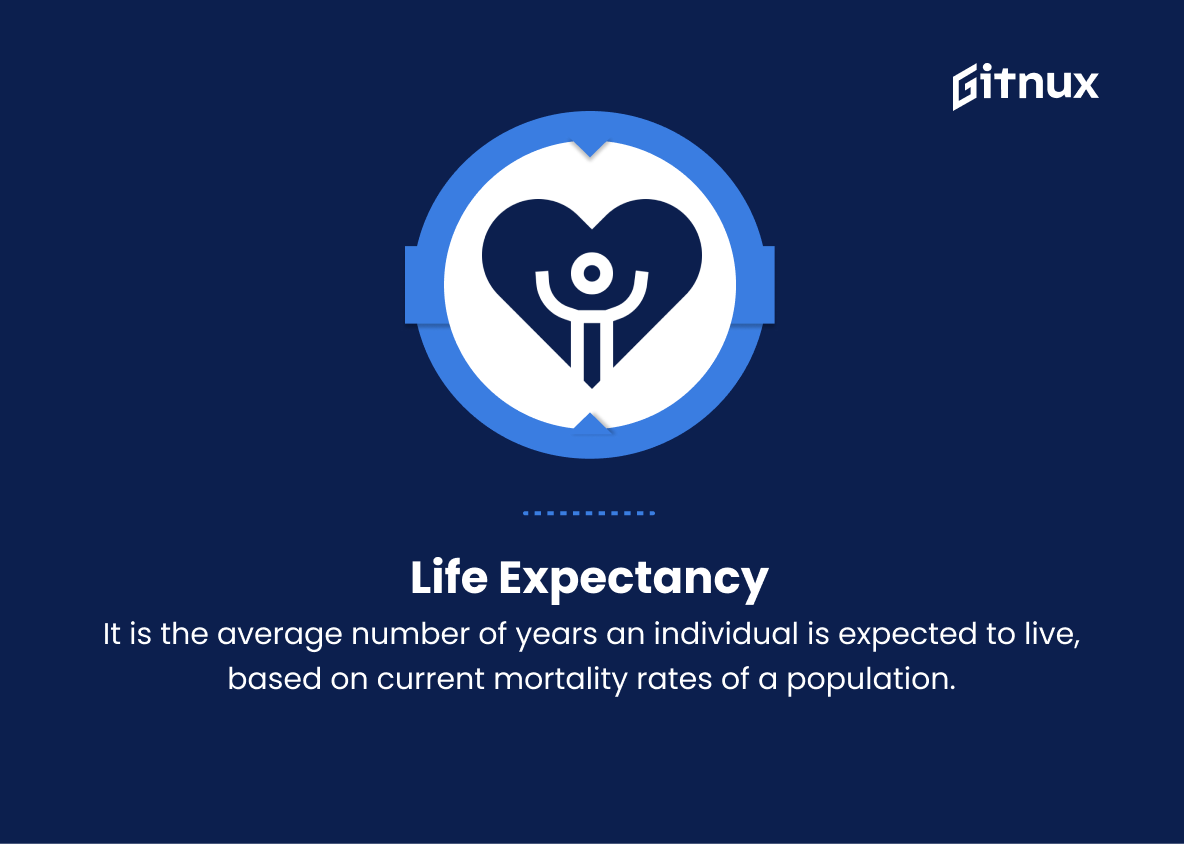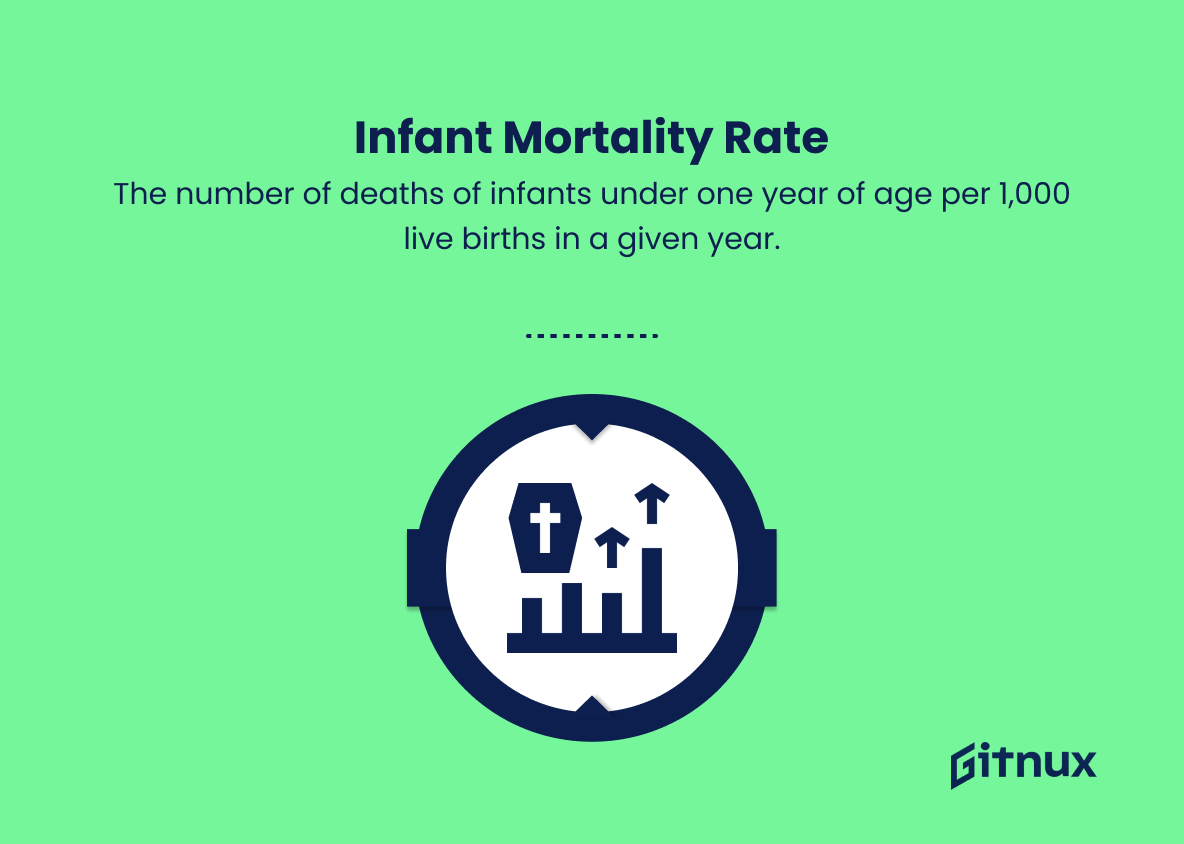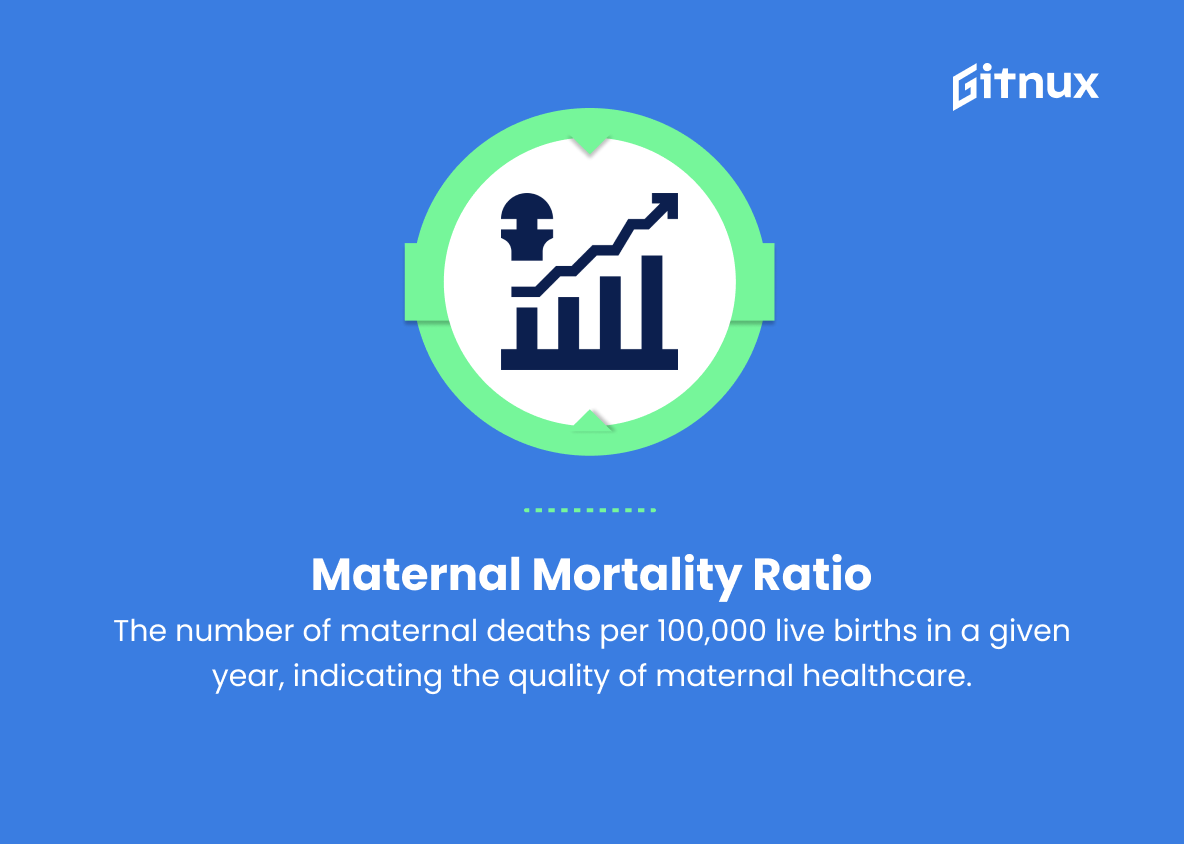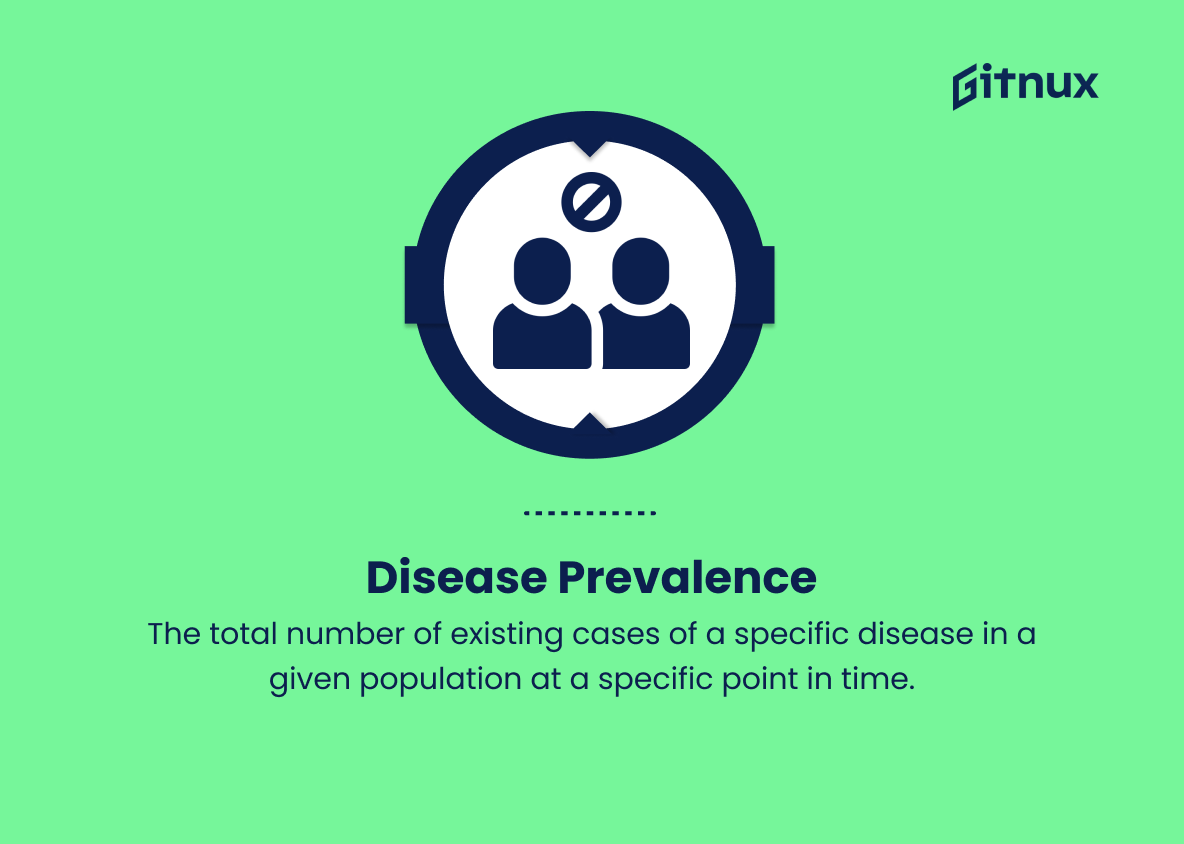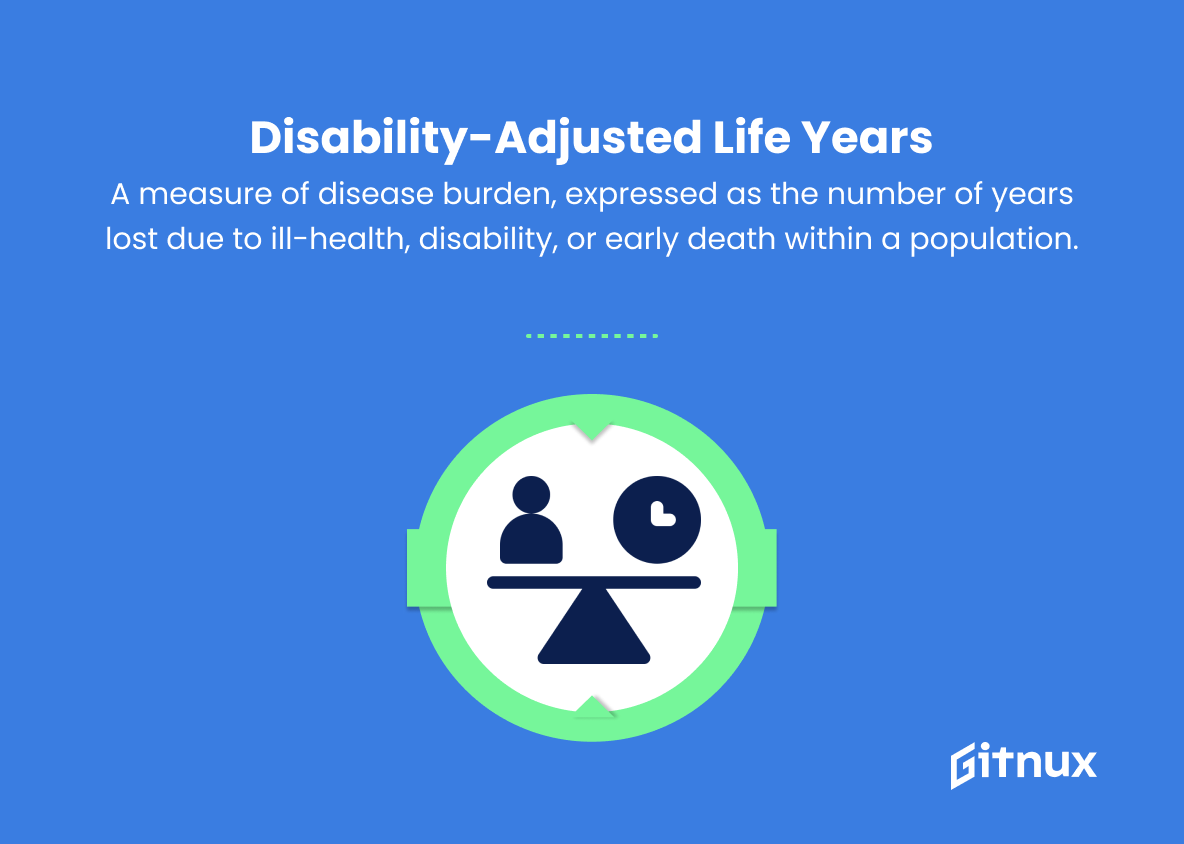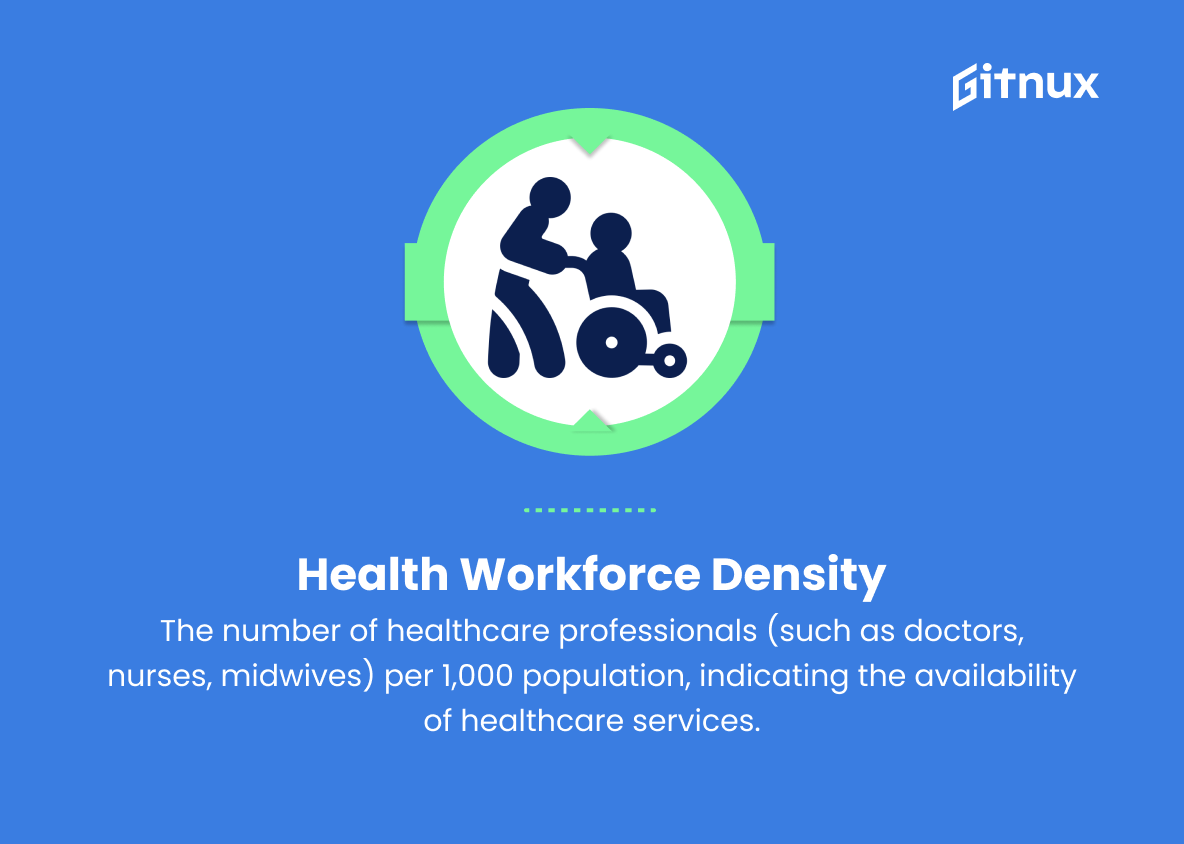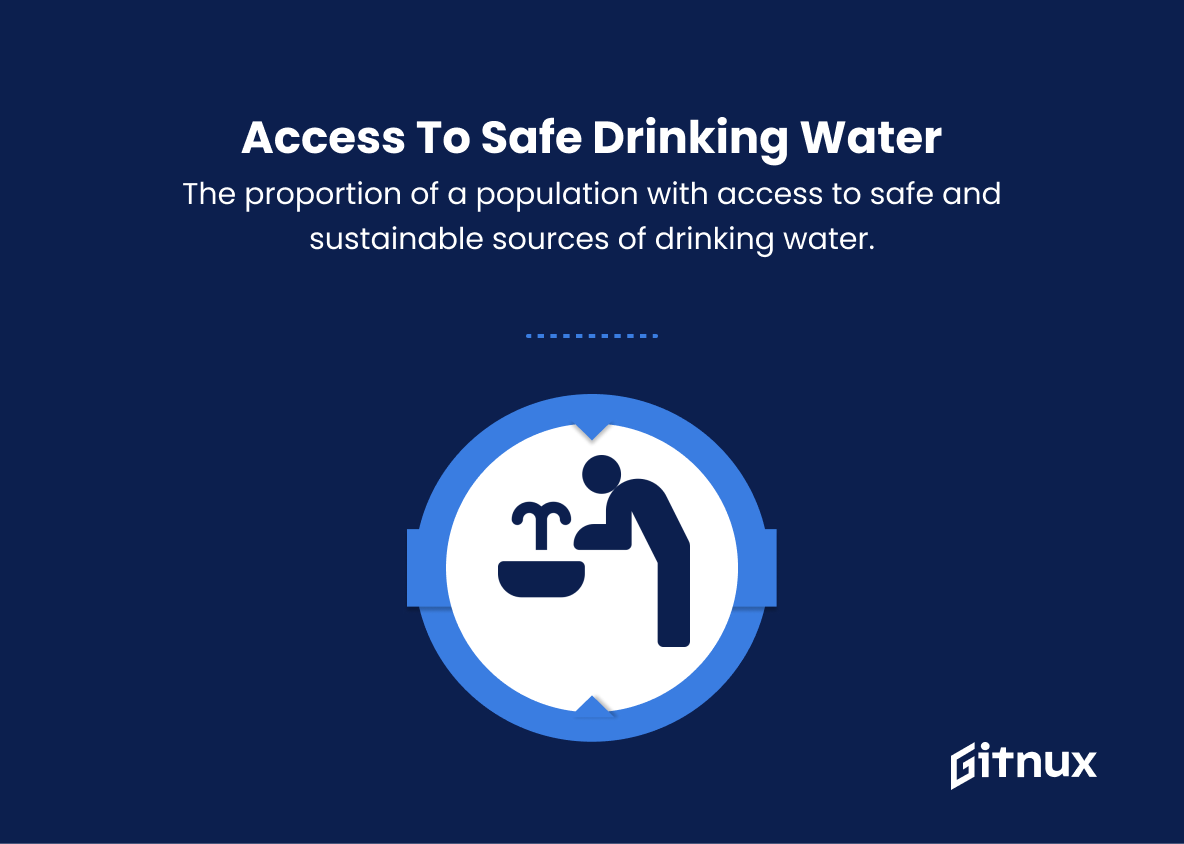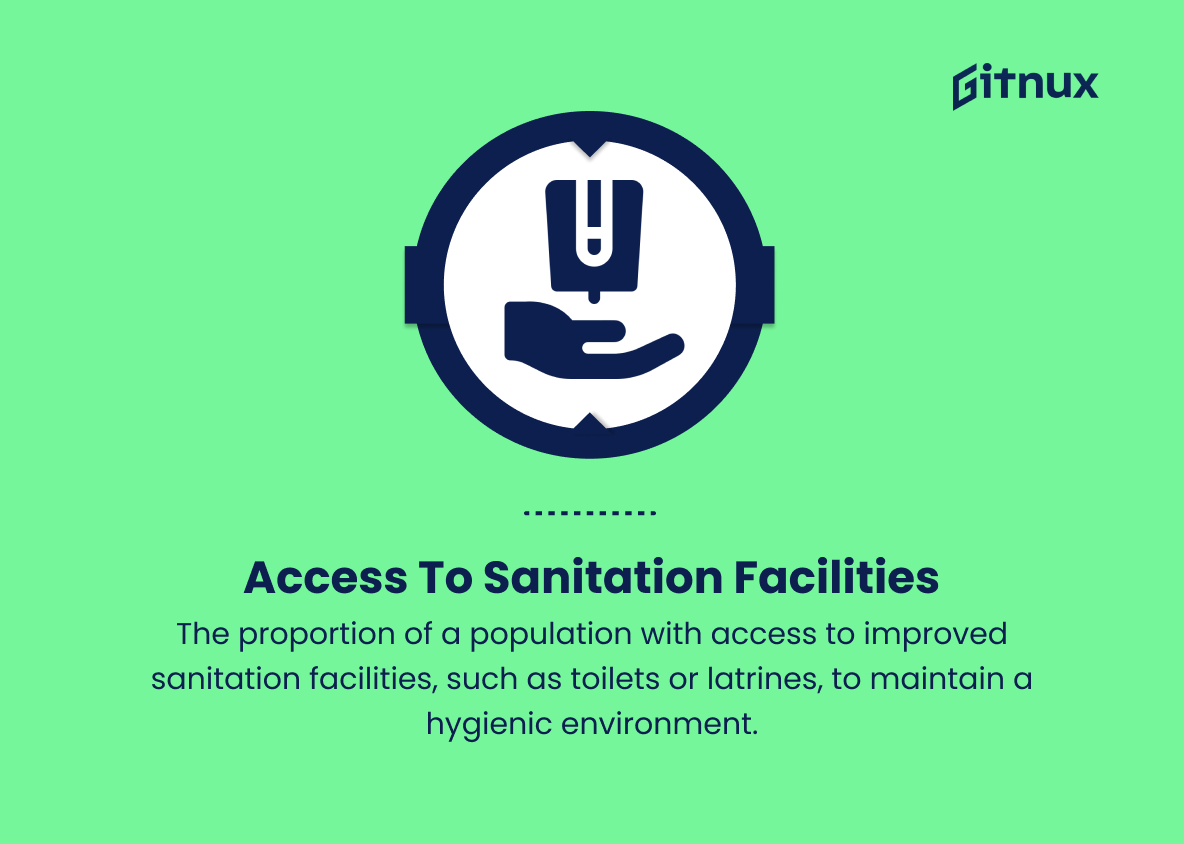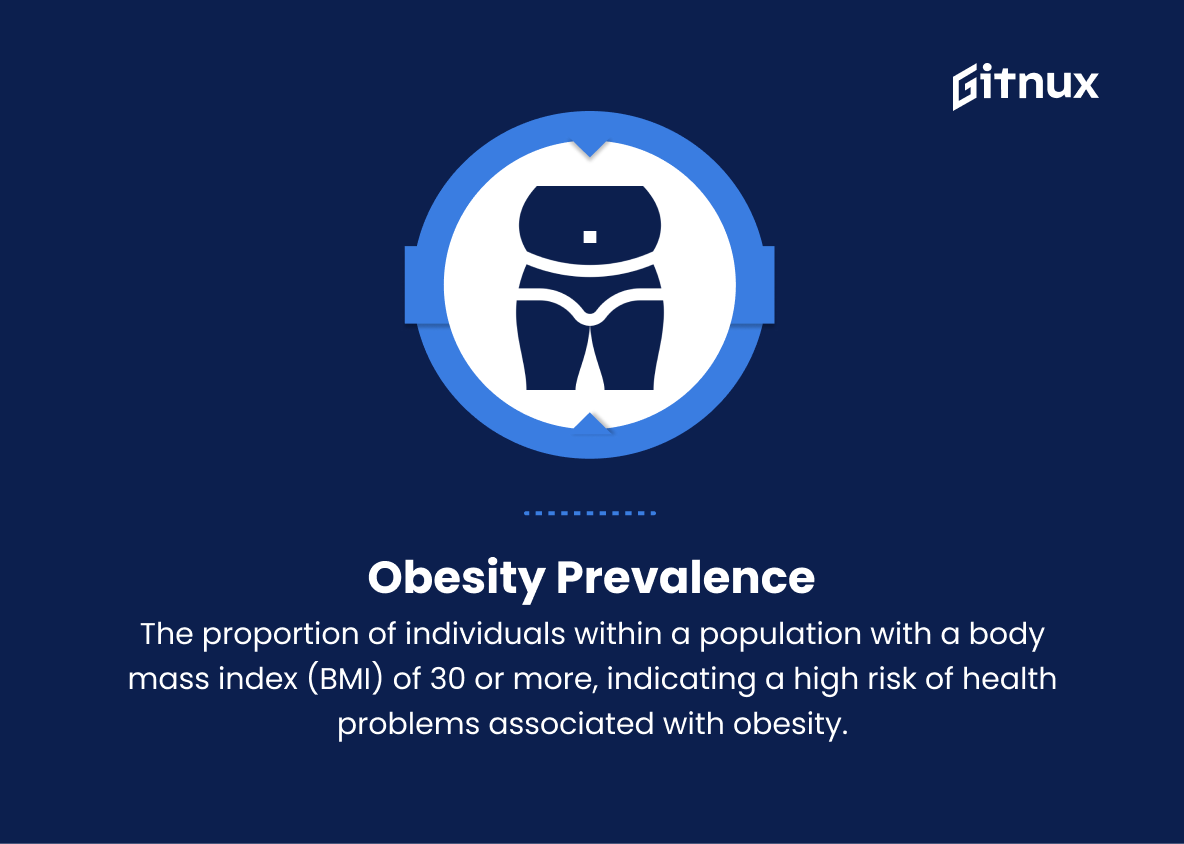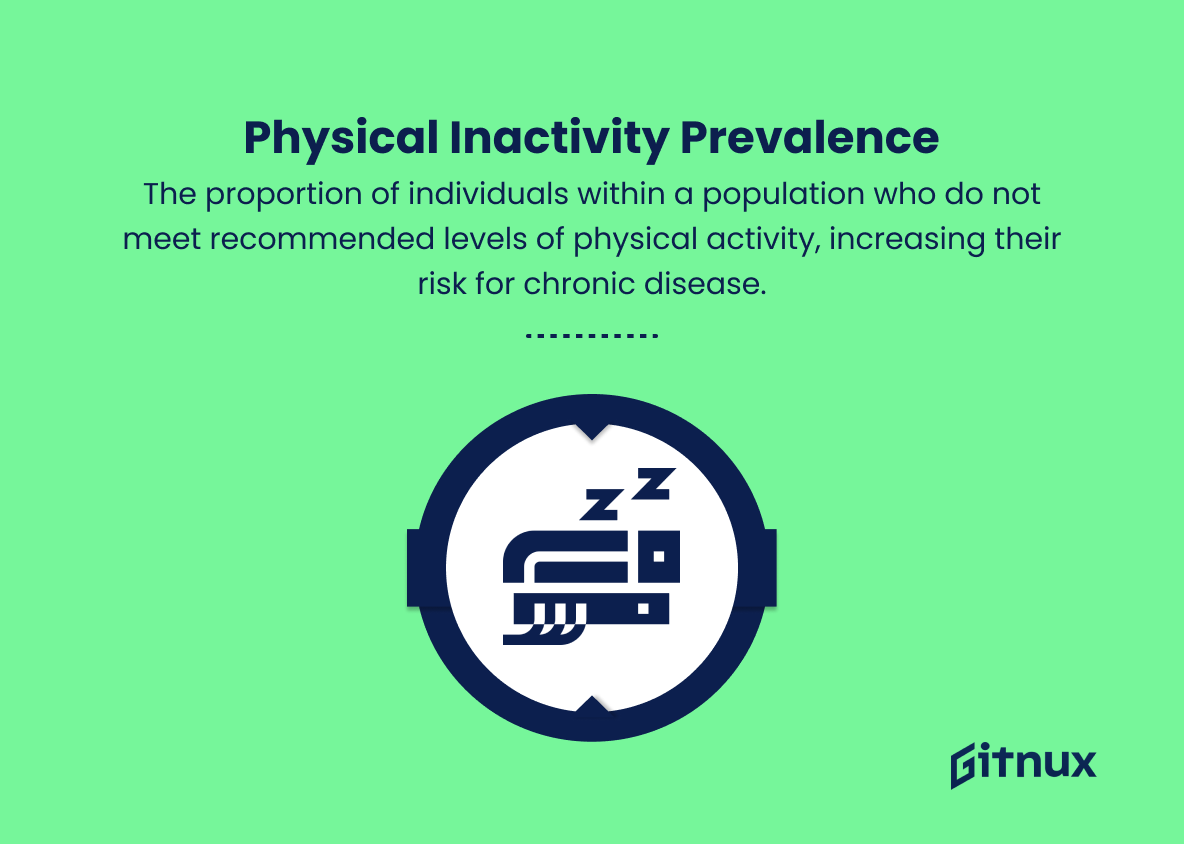In today’s interconnected world, public health has emerged as a crucial parameter in determining the well-being and resilience of societies. Public health metrics serve as essential tools for assessing and evaluating the effectiveness of policies, interventions, and healthcare systems to manage and tackle health-related issues. These metrics provide invaluable data to inform decision-making, guide resource allocation, and facilitate a continuous improvement in public health outcomes.
As we navigate through unchartered waters of various health challenges, it has become imperative to comprehend and embrace the role of public health metrics in shaping our collective response. In this thought-provoking blog post, we delve into the significance of these key indicators, scrutinize their limitations, and discuss strategies to enhance their authentic representation in the broader context of global health security.
Public Health Metrics You Should Know
1. Life expectancy
It is the average number of years an individual is expected to live, based on current mortality rates of a population.
2. Infant mortality rate
The number of deaths of infants under one year of age per 1,000 live births in a given year.
3. Maternal mortality ratio
The number of maternal deaths per 100,000 live births in a given year, indicating the quality of maternal healthcare.
4. Disease incidence
The number of new cases of a specific disease within a defined population over a specific time period.
5. Disease prevalence
The total number of existing cases of a specific disease in a given population at a specific point in time.
6. Disability-adjusted life years (DALYs)
A measure of disease burden, expressed as the number of years lost due to ill-health, disability, or early death within a population.
7. Health-adjusted life expectancy (HALE)
A measure that adjusts life expectancy for the quality of health, taking into account both mortality and morbidity.
8. Vaccination coverage
The proportion of individuals within a population who have received specific vaccines according to the recommended schedule.
9. Health workforce density
The number of healthcare professionals (such as doctors, nurses, midwives) per 1,000 population, indicating the availability of healthcare services.
10. Access to safe drinking water
The proportion of a population with access to safe and sustainable sources of drinking water.
11. Access to sanitation facilities
The proportion of a population with access to improved sanitation facilities, such as toilets or latrines, to maintain a hygienic environment.
12. Tobacco use prevalence
The proportion of individuals within a population who use tobacco products – such as cigarettes, cigars, or smokeless tobacco.
13. Obesity prevalence
The proportion of individuals within a population with a body mass index (BMI) of 30 or more, indicating a high risk of health problems associated with obesity.
14. Physical inactivity prevalence
The proportion of individuals within a population who do not meet recommended levels of physical activity, increasing their risk for chronic disease.
15. Undernutrition prevalence
The proportion of individuals within a population experiencing undernutrition, which includes stunting, wasting, and underweight issues, primarily among children under five years of age.
16. HIV/AIDS prevalence
The proportion of a population living with HIV or AIDS, indicating the impact of the disease in a given region.
17. Tuberculosis incidence
The number of new and relapse tuberculosis cases per 100,000 population in a given year.
18. Malaria incidence
The number of new malaria cases per 1,000 population at risk in a given year.
19. Suicide rate
The number of suicide deaths per 100,000 population in a given year, indicating mental health and societal well-being.
20. Health expenditure
The total spending on healthcare per capita or as a percentage of gross domestic product (GDP), indicating the priority and investment level in healthcare services.
Public Health Metrics Explained
Public health metrics are crucial for understanding and improving the well-being of populations. Life expectancy reflects the overall health status of a population, while infant and maternal mortality ratios reveal the quality of healthcare for mothers and infants. Disease incidence and prevalence provide insights into the distribution and burden of specific illnesses, and DALYs and HALE measure the overall impact of disease on quality of life.
Vaccination coverage and health workforce density offer valuable information regarding accessibility of healthcare services, while access to safe drinking water, sanitation facilities, tobacco use prevalence, obesity prevalence, physical inactivity prevalence, undernutrition prevalence, HIV/AIDS prevalence, tuberculosis incidence, and malaria incidence reveal the various environmental, behavioral, and disease-related challenges faced by a population. Suicide rates shed light on mental health and societal well-being, and health expenditure reflects the investment priorities in healthcare services.
Collectively, these metrics help inform policy decisions, shape public health interventions, and track progress towards health-related objectives.
Conclusion
In summary, public health metrics play a crucial role in shaping public health policies and interventions. These metrics provide invaluable insights into the overall well-being of a population, identify areas of concern, and help direct resources where they are most needed. By continuously monitoring and evaluating data, researchers and policymakers can work together to make informed decisions in order to improve health outcomes for communities worldwide. Moreover, the collaboration between various disciplines and sectors can lead to innovative solutions addressing public health challenges, resulting in a healthier, more equitable future for all.
Ultimately, the importance and utility of public health metrics cannot be overstated, as they are indispensable tools in our ongoing efforts to create lasting, transformative change in the realm of global health.
